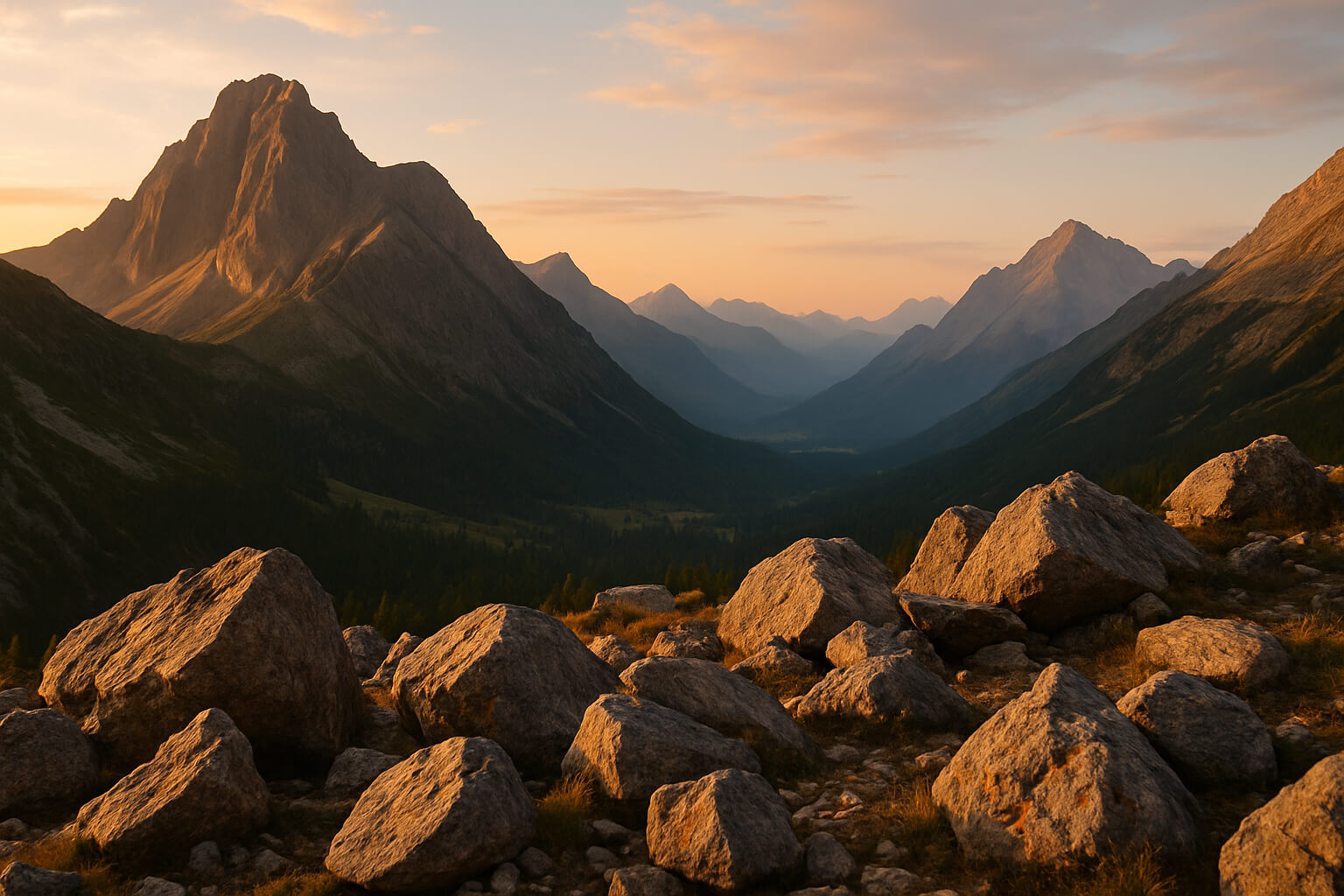Mastering aperture is essential for landscape photographers who want to create images that are sharp, compelling, and rich in depth. While shutter speed and ISO have their place, aperture directly controls how much of your scene is in focus, how much light enters your camera, and how the viewer’s eye travels through your image.
In this complete guide, we’ll go beyond basics and dive deep into the technical, creative, and practical applications of aperture in landscape photography — helping you shoot more intentionally and professionally.
What Is Aperture in Photography?
Aperture is the physical opening inside your lens that adjusts in size to control how much light passes through to your camera’s sensor. It's measured in f-stops, such as f/2.8, f/8, or f/16.
Understanding F-Stop Numbers:
- Lower f-numbers (e.g., f/1.4 – f/4):
- Wider aperture.
- More light enters the lens.
- Produces shallow depth of field, with only part of the image in focus.
- Useful in low light or for subject isolation.
- Higher f-numbers (e.g., f/11 – f/22):
- Narrower aperture.
- Less light enters the lens.
- Creates deep depth of field, keeping more (or all) of the image in focus.
Related: What is White Balance in Photography?
Why Aperture Is Critical in Landscape Photography
When you’re shooting sweeping landscapes — think mountain ranges, waterfalls, deserts, or forests — your goal is usually maximum detail across the entire scene.
How Aperture Affects Landscape Photos:
- Depth of Field (DoF): Helps keep everything from the foreground to the distant background in sharp focus.
- Overall Sharpness: Every lens has a “sweet spot” aperture (usually f/8–f/11) that provides maximum sharpness and minimizes aberrations.
- Control of Light: Aperture is part of the exposure triangle (along with ISO and shutter speed). It determines how much light hits the sensor, affecting your exposure and histogram.
- Creative Choices: You can use wide apertures for selective focus and narrow ones for starburst effects or strong leading lines throughout the frame.
What Is the Ideal Aperture for Landscape Photography?
There’s no one-size-fits-all answer, but in most natural light conditions and with a typical wide-angle lens, these are the go-to aperture ranges:
1. Sweet Spot: f/8 – f/11
This is the ideal aperture range for landscape photos in most situations.
- Offers excellent corner-to-corner sharpness.
- Reduces common lens flaws like chromatic aberration and vignetting.
- Keeps both foreground and background within the hyperfocal distance — meaning everything appears in focus.
- Works well with ultra-wide lenses like the Nikon Z 14-24mm f/2.8 S or the Canon RF 15-35mm f/2.8L IS USM.
Related: Best Camera Settings for Astrophotography
2. Use f/16 – f/22 for Foreground Emphasis or Sunbursts
Use smaller apertures when:
- You have strong foreground elements just a few feet away (flowers, rocks, logs, etc.).
- You want maximum depth of field from inches in front of the lens to the far horizon.
- You’re shooting into the sun and want to create a starburst/sun flare effect.
⚠️ Warning: Going beyond f/16 increases the risk of diffraction (see next section).
Understanding Diffraction
Diffraction is a softening effect that happens when light waves scatter as they pass through very small apertures (like f/22 or f/32).
How to Avoid Diffraction:
- Stay around f/8–f/11 unless you truly need extended depth.
- Use focus stacking techniques — shoot multiple images at different focus points and blend them in software like Helicon Focus or Adobe Photoshop.
- Experiment with your specific lens to find its sharpest aperture (most lenses perform best two stops down from their widest opening).
Related: Common Mistakes in Photography and How to Avoid Them
Creative Uses of Aperture in Landscape Photography
While f/8–f/11 is reliable, aperture gives you creative control as well:
- Wide Aperture (f/2.8 – f/5.6):
- Great for moody, shallow-focus images.
- Use in fog, dawn, or dusk where isolating a tree or subject adds atmosphere.
- Recommended lens: Sigma 35mm f/1.4 Art or Sony FE 24mm f/1.4 GM for prime quality.
- Mid-Narrow (f/11 – f/16):
- Great for seascapes, dramatic mountain scenes, or high-contrast landscapes.
- Lets you slow the shutter for longer exposures without an ND filter.
- Narrow (f/16 – f/22):
- Ideal for creating sun stars, especially with sharp sun angles.
- More blades = smoother starbursts (try lenses like Fujifilm XF 16mm f/1.4 R WR).
Related: How to Create Beautiful Sun Flare Effects
Balancing Aperture with Other Settings
Aperture affects exposure, so adjusting it means rebalancing shutter speed and ISO. You may also need filters for control in bright conditions.
1. Shutter Speed:
When using small apertures, shutter speed gets longer. For sharpness:
Best Tripods for Travel and Studio Photography
2. ISO:
- Keep ISO low (100–200) to maintain dynamic range and reduce noise.
- Most modern sensors (Sony, Canon R-series, Nikon Z-series) retain excellent detail at base ISO.
3. Filters:
Aperture alone won’t always give you the look or exposure you want. Filters can help:
- ND Filters (Neutral Density):
- Allow longer exposures in daylight.
- Great for smoothing water or showing cloud movement.
- Try Breakthrough Photography, Lee Filters, or NiSi.
- Polarizing Filters:
- Cut glare on water and foliage.
- Increase contrast in the sky.
- Try the B+W Kaesemann Circular Polarizer or Hoya HD3 CPL.
The Best Filters for Dramatic Landscape Photography
Further Learning: Level Up Your Landscape Work
If you’re ready to go deeper into shooting with aperture and achieving professional-level results, explore these guides:
Final Thoughts: Aperture is Your Creative Lens
Choosing the right aperture in landscape photography is both a technical decision and a creative one. It's not just about sharpness — it's about guiding the viewer, controlling depth, and crafting emotion in your frame.
Key Takeaways:
- f/8–f/11 is the sweet spot for sharp, balanced landscapes.
- Use f/16+ when necessary, but beware of diffraction.
- Don’t be afraid to experiment with shallow depth of field or sunbursts.
- Complement aperture with proper gear — tripods, filters, and editing tools.
